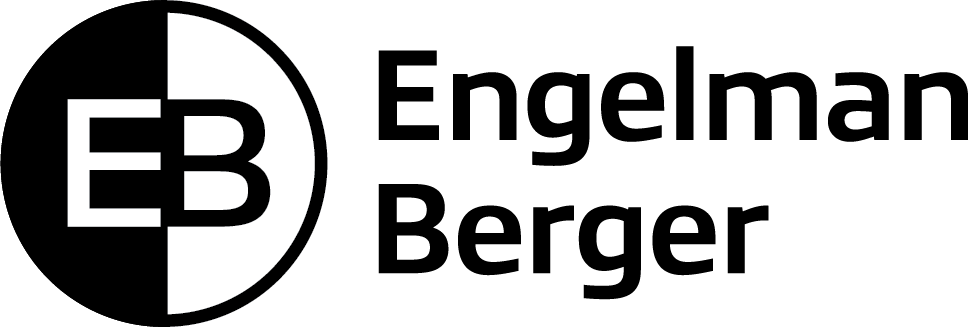THE ARIZONA SUPREME COURT PROTECTS DESIGN PROFESSIONAL SUBCONTRACTORS FROM NEGLIGENCE CLAIMS
By Damien Meyer
Constructions projects present a variety of complex legal issues and can often be a “trap for the unwary” for both construction professionals and project owners. Before proceeding with any construction project, whether you are a construction professional or project owner, you should obtain legal counsel to navigate potential legal issues. This article discusses the relationship between a project owner and design professionals.
The work of a design professional is a critical component of most construction projects, both commercial and residential. Examples of design professionals for construction projects include architects, engineers, and surveyors. In most instances, the project owner does not have a direct contractual relationship with a design professional. Rather, the project owner hires a general contractor, who then hires and enters into a subcontract with the design professional.
What rights does the project owner have against the design professional in the event that professional fails to properly perform its work and causes economic loss (no physical injury or personal property damage) to the project owner? Alternatively, what defenses are available to design professionals to claims from project owners?
The Arizona Supreme Court significantly curtailed the project owners’ rights against design professionals in the case of Cal-Am Properties, Inc. v. Edais Engineering, Inc. 253 Ariz. 78, 509 P.3d 386 (2022). In Cal-Am Properties, the Court held that project owners who do not have a direct contractual relationship with their design professional typically cannot sue the design professional for negligence. Under Arizona law, without the existence of a contract between the design professional and the project owner, there is no “special relationship” that creates a legal duty to support a negligence claim.
A negligence claim requires proof of four elements: (1) a duty requiring the defendant to conform to a certain standard of care; (2) a breach by the defendant of that standard; (3) a causal connection between the defendant’s conduct and the resulting injury; and (4) actual damages. Whether the defendant – here a design professional – owes a duty to the project owner is a question of law that is determined by the court. If the project owner cannot establish a duty exists, the owner cannot sue the project owner for negligence.
The Cal-Am Properties opinion set forth a new standard for determining whether design professionals have a duty to project owners. The court stated that “[s]pecial relationships that give rise to a duty in negligence include legally recognized common law relationships and those formed by contract, familial relationship, or joint undertaking.” 253 Ariz. at ¶10. The court then held that Arizona does not recognize a special relationship between design professionals and project owners who have not entered into a contractual relationship.
The facts of the Cal-Am Properties case provide a typical construction scenario where a “special relationship” no longer exists. In the Cal-Am Properties case, the project owner entity (Cal-Am) wanted to build a new banquet and concert hall in an RV park. Cal-Am entered into a contract with a general contractor to design and construct the hall. That general contractor then hired a surveyor (the design professional) to place construction stakes to mark the permitted location of the hall. The surveyor admittedly placed the stakes in the wrong location. As a result of the surveyor’s error, the hall was built in the wrong location. The site plan for the RV park had to be adjusted, resulting in the loss of eight RV parking spaces. This affected the property value of the RV park and caused economic damage (no physical injury or personal property damage) to the project owner.
The project owner then sued the surveyor for negligence. The Arizona Supreme Court held the project owner could not sue the surveyor (a design professional) for negligence because the surveyor had no legal duty to the project owner. The court determined the design professional and project owner did not have a “special relationship” recognized by Arizona law. The court further determined that public policy and the statutes and administrative regulations governing the qualifications and minimum standards for design professionals did not establish a duty required for a negligence claim.
This opinion changed pre-existing law by stating foreseeability of damage was no longer relevant in determining whether the design professional had a duty to the project owner. In other words, even if it was foreseeable that the project owner would suffer economic damage if the design professional failed to competently perform its work, this did not establish a special relationship or duty to support a negligence claim. To the contrary, the court held that a duty “requires a preexisting, recognized relationship between the parties.” 253 Ariz. at ¶11. The elimination of the foreseeability factor – which previously was sufficient to establish a duty – marks a significant change in Arizona construction law.
This opinion limits remedies available to project owners who suffer economic injury as a result of design professionals failing to properly perform their work. In most instances, the appropriate remedy for the project owner will be to pursue contractual claims against the general contract for the improper work performed by the design professional subcontractor. This opinion also potentially limits what insurance coverage is available for general contractors and design professionals in the event they are sued for breach of contract for improper work, as opposed to negligence. Project owners, general contractors, and design professionals should seek legal counsel: (1) to protect their interests when contracting to obtain or provide construction services; and (2) to pursue claims on behalf of project owners or defend general contractors and design professionals from project owner claims arising from a construction project.

